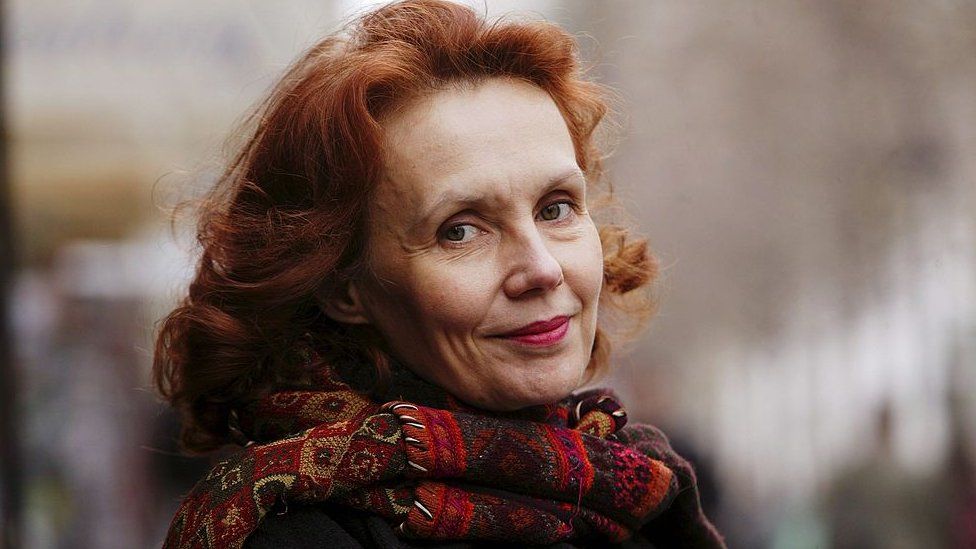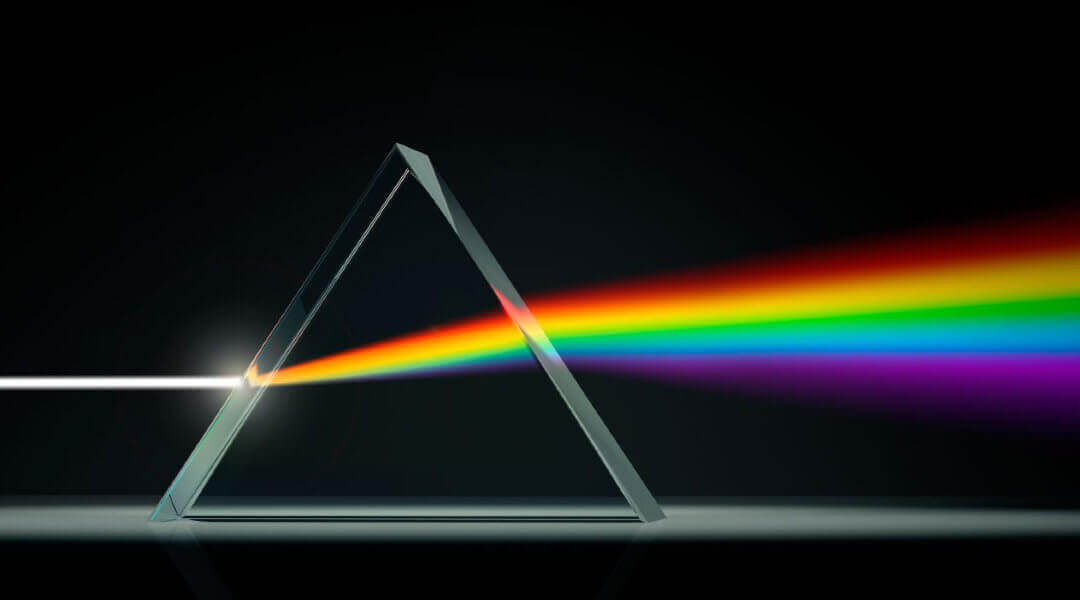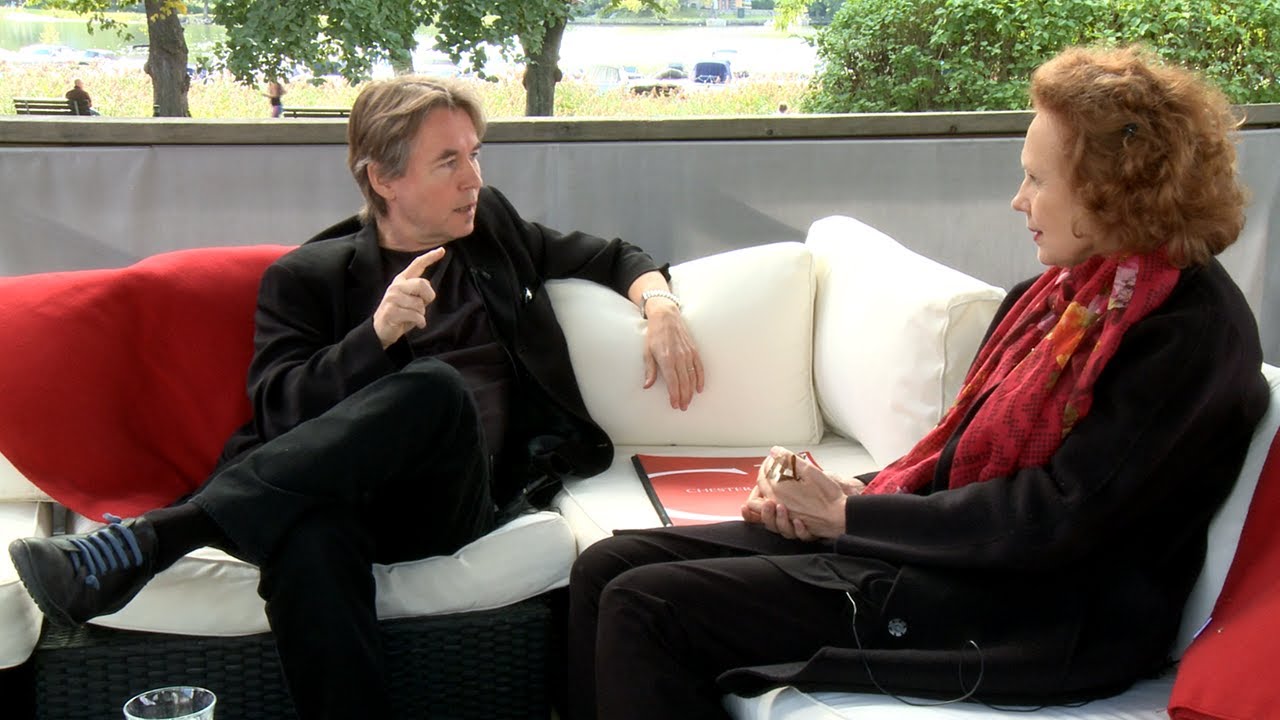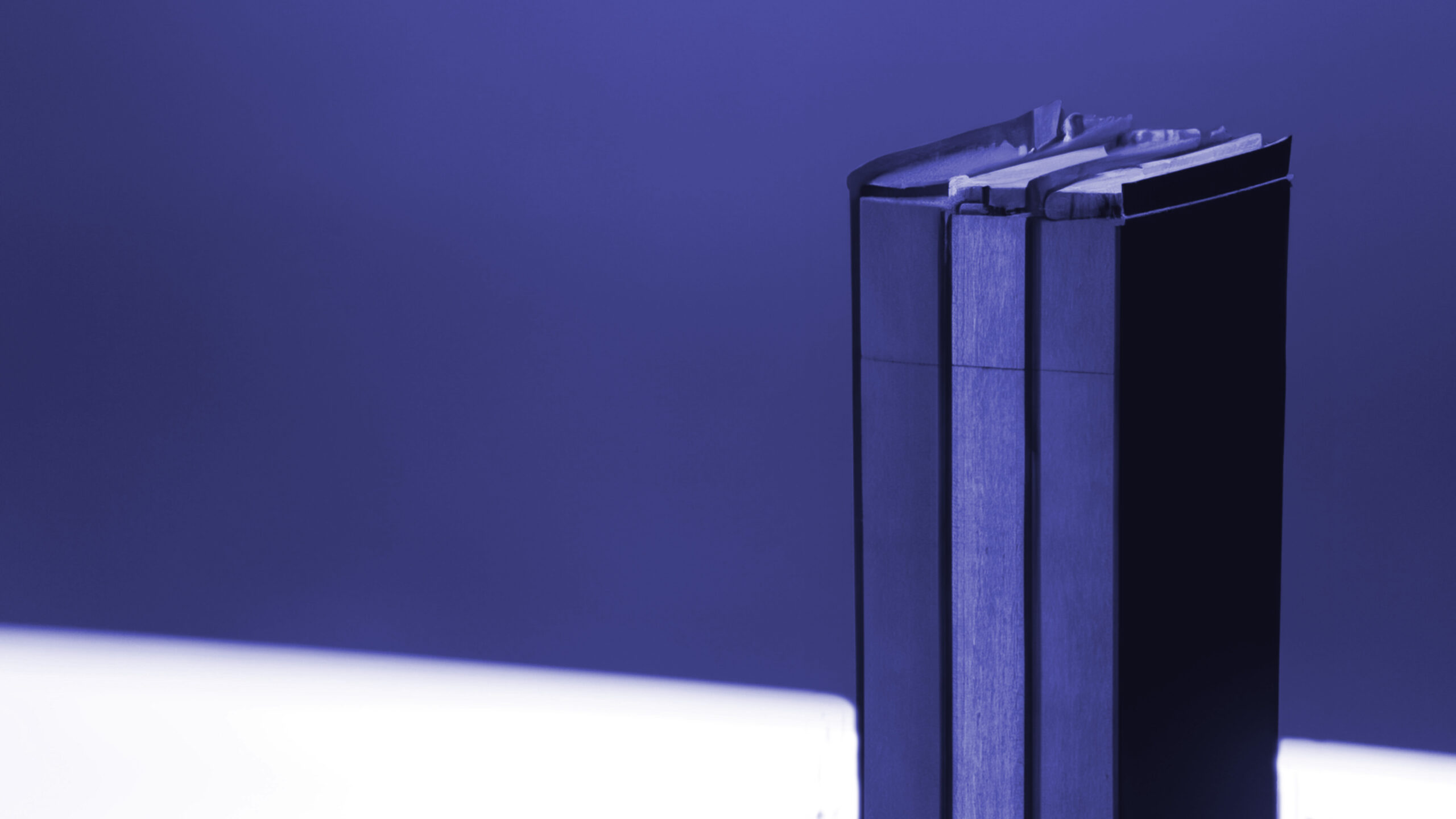by Marina Sudo
Finish composer Kaija Saariaho (1952–June 2023) always lived with internal music—she did so even before she became a composer. As a girl, as well as listening to the radio, she described listening to music that came from her own mind. So real were these sounds that she believed that at night her pillow played her imaginary music, leading her to ask her mother to “turn off” the pillow so that she could sleep. Saariaho’s life as a composer became an effort to translate this internal sonic landscape into audible reality, a journey that would eventually lead to her becoming one of the most prominent and innovative composers of our time.

Saariaho began her composition studies in the city of her birth, Helsinki, in 1976 entering the composition class of the Finnish modernist composer Paavo Heininen (1938–2022) at the Sibelius Academy. After her study there and having attended the 1980 Darmstadt Summer courses, she moved to Germany in order to study with Brian Ferneyhough (*1943), a leading composer in the ongoing “New Complexity”* movement, who at that time taught at Musikhochschule Freiburg. With him Saariaho learned the importance of compositional technique, notational precision and sensitive ears as a necessary vehicle for musical expression. Despite this meaningful interaction with Ferneyhough, however, she quickly realised that the extreme complexity of post-serial music was not for her. The music that most strongly attracted Saariaho was that of French spectralist** composers Gérard Grisey (1946–98) and Tristan Murail (*1947) as well as that of György Ligeti (1923–2006). Saariaho felt deep sympathy for their approach, characterised by their “composition of sounds” rather than “composition of notes,” and her irresistible fascination with the French music scene eventually directed her to further study in Paris. In 1982 she enrolled in a computer music course at IRCAM (Institut de Recherche et Coordination Acoustique/Musique), where she met Jean-Baptiste Barrière (*1958), a researcher at IRCAM who later became her lifelong collaborator and husband. By interacting with sound programmers and researchers in the field of acoustics and psychoacoustics during this period, Saariaho gradually acquired knowledge of the utility of computer tools, including synthesisers and sound processing equipment, as a complementarity to traditional musical writing. Technology became a crucial means to enhance her imagination, to open her ears and to translate her “internal music” into audible, simulating sonic reality.
Technology for real-time processing of instrumental/vocal sounds is widely used in contemporary music today. When Saariaho started to explore the possibility of live electronics in the 1980s, however, it was not yet sufficiently developed for her compositional purposes. As a result, she instead focused on the use of synthesisers, preparing sound files that contained electronically processed instrumental/vocal recorded sounds through the use of, for example, filtering, phase vecoders or spectral modulations. The electronic audio files were subsequently mixed and synchronised with instrumental live performances as indicated in the score, sometimes also changing the degree of amplification or reverberation. In doing this, Saariaho tried not to obscure the acoustic qualities of vocal or instrumental sounds but, rather, to enhance their qualities in order to extend the scope of her orchestrations.
Electronics became integral to Saariaho’s composition, a tool to extend her sonic world and to embody her imagination in audible sonic reality. As she once explained:
* Dating from the 1980s, the term “New Complexity” has often been applied to composers who write music characterised by highly intricate melodic movements, dense polyrhythmic textures and complex pitch structures including microtones, harmonics and multiphonics. Well-known composers discussed in this context include Brian Ferneyhough, Michael Finnissy (1946*), James Dillon (*1950) and Richard Barrett (*1945).
** Spectral music, mainly developed in the 1970s French music scene, generally refers to a compositional aesthetic and practice informed by a computational analysis of the timbre of a give sound (i.e. spectral analysis). The result of an analysis is often used as a starting point of the harmonisation or orchestration of the composition, as exhibited, for example, by Gérard Grisey’s Partiels (1975) from Espaces Acoustiques and Tristan Murail’s Désintegration (1982).
Edmund Campion, Dual Reflections: A conversation with Kaija Saariaho and Jean-Baptiste on Music, Art, and Technology in Computer Music Journal 41 (2017), nr. 3, p. 11.
This interest in sound and perception led her to question about the nature and purpose of music and composition. How do we experience sound in time and space? How can music create a given impression of time? And how can composers help listeners to perceive sounds in their composition? Fascinated by these questions, she gained insights from the science of acoustics and psychoacoustics. When outlining the harmonic structure of Lichtbogen for ensemble and electronics (1985/86), for example, Saariaho used the spectral analysis* of a gradually transforming recorded cello sound, starting as a harmonic (clearly pitched) sound and slowly shifting into a multiphonic inharmonic (noisy) sound produced by increased bowing pressure. The result of this analysis revealed the spectral components at different points of this transition, simultaneously providing psychoacoustic data relating to the perceptual weights of each spectral component. Using these data as fundamental compositional materials, Saariaho designed the harmonic processes of the piece’s sections as a “magnification” of the transitional process of the original cello timbre. The acoustic result of Lichtbogen thus exhibits subtle gradations of sonic colours—from pure and smooth harmonic sounds to complex and distorted noisy sounds—, the effect of which is also amplified by the contrasting playing techniques originally used in the recorded cello sound (i.e. legato and multiphonic distortion) as well as the use of live electronics.
* Computational analysis of the spectrum of frequencies of an audio signal, including the fundamental frequency (i.e the clearly perceptible pitch) and its imperceptible resonant frequencies. The process of this analysis is analogous to decomposing white light into its composing colours by means of a prism.

Saariaho often orchestrated her work as if she were controlling a huge synthesiser. By meticulously organising the acoustic results of her composition, she established her own musical language using a broad range of timbres and sound textures. Purely harmonic sounds, microtonal sounds and granular noises are all treated as equally important elements of her music—she distinguished a sound from another only in terms of its acoustic quality and the way in which we perceive it. As a result, instead of organising her music in terms of traditional tonal and harmonic hierarchies, Saariaho made use of a sonic spectrum ranging from acoustically pure sounds with a discernible pitch to complex non-pitched noisy sounds. What separates pitched sounds from noisy sounds is merely differences in the degree of spectral complexity and density. In this sense, just as differences in colour can be understood in terms of their spectrum, sounds also exist and can be experienced in a pitch-noise continuum.

When a large number of pitched sounds are superimposed upon one another, the resulting amalgam can also be heard as an acoustically complex noisy sonic entity. Dense noisy textures deriving from these amalgams, which are a result of rhythmic, polyphonic, harmonic or timbral complexity, are an important characteristic of Saariaho’s orchestral works. What can be experienced in a large part of Verblendungen for orchestra and tape (1984) or Du Cristal for orchestra and electronics (1989) is, for example, dynamic changes in the fabric or pattern of the sonic surface. Soft smooth string sounds, fluctuating grainy brass tremolos, sharp bright woodwind sounds or roaring drums sometimes coalesce to create loud, intense sound masses and at other times provide a sense of stratification (layers) within the texture. Melodic figures can also sometimes be heard, creating in turn more transparent interactions between individual instruments, as more clearly observed in …à la Fumée for alto flute, cello and orchestra (1990). Gradations of orchestral timbres and textures in Saariaho’s music, often enriched by the use of electronics, provide listeners with a rich, sensuous auditory experience.
The spectrum of harmonic, textural and timbral colours in Saariaho’s compositions present an interesting analogy to subtle but dynamic changes in light in the Nordic region. As a composer who was born and grew up in Finland, Saariaho was always sensitive to light and often took inspiration from it, as suggested by some titles of her pieces (e.g. Lichtbogen, Lumière et Pasanteur, Note on light, Ciel d’hiver). She explained its importance to her and fellow Finns as follows:
Clément Mao-Takacs, A Conversation with Kaija Saariaho
in Music & literature, nr. 5, consulted online on 11 October 2023
Her sensibility to light was deeply connected to her sensibility to sound, even remarking that she sometimes thought about the orchestra in terms of light. Gradations of light could therefore be seen to be analogous to the gradations of texture in Saariaho’s sonic world.
In addition to orchestral (with and without soloists), ensemble and solo instrumental works, Saariaho also composed a substantial number of vocal works, including choir pieces, orchestral song cycles and pieces for solo voice(s) and instruments. Many of the texts she used are fragmentary, dream-like and ambiguous in nature. In order to extend the timbral possibility of voices, Saariaho explored a variety of vocal techniques, supported also by the use of electronics and/or instrumental accompaniments. As observed in Nuits, adieux (1991) for SATB choir and electronics, vocal techniques required in her vocal compositions often include conventional melodic singing, breathing, whispering or various forms of tongue/lip actions. These vocal sounds are frequently amplified and processed by the use of reverberation and/or a delay network. By maximising the potential of vocal expressions and controlling their resonances and dynamic changes, Saariaho provided as rich a sonic experience in vocal pieces as in her orchestral pieces.

Saariaho’s skills in orchestration and vocal writing were more fully integrated in 2000, when she composed the first of her six operas L’amour de loin based on a libretto by French-Lebanese author Amin Maalouf (*1949), who also wrote the librettos of three other theatre works by Saariaho (the opera Adriana Mater composed in 2003, the oratorio La Passion de Simone in 2006 and the mono-opera Émilie in 2010). L’amour de loin [Love from afar] is a story of unattainable love deriving from the medieval songs of the twelfth-century troubadour Jaufré Rudal. Its dreamy static nature is enhanced by Saariaho’s music, the continuous flow of instrumental textures and transformations in dynamic intensity and timbre creating an intense atmosphere as a representation of the characters’ psychology. As in her instrumental works Saariaho uses electronics to expand her available orchestral sonic palette. An off-stage choir is also blended into the orchestral texture before being processed electronically. As exemplified by L’amour de loin, the focus of her operas is principally a psychological rather than an action-based drama. Characters’ subtle emotions and thoughts are vividly expressed through sometimes dynamic and at other times delicate changes in timbral, harmonic and textural colour, vocal register and the intensity of the orchestral sounds.
Saariaho was a composer who understood the importance of artistic collaboration. The many people who contributed to her musical productions included software programmers, sound engineers, musicians (performers), writers and theatre directors. Her most important working partner, however, was her husband, the composer and technician Jean-Baptiste Barrière. Many of Saariaho’s compositions that use electronics are the result of their collaboration—Barrière helped her to find technical solutions for realising her musical ideas, frequently developing new computer tools for her works. Among the many international musicians who were close to her, a long-term friendship and professional partnership with Finnish conductor and composer Esa-Pekka Salonen (*1958) was especially important. As a musician who understood her compositional language from the earliest stage of her career, he has been a prominent supporter of her music, also premièring many of her pieces. Their strong relationship led to frequent commissions from the Los Angeles Philharmonic Orchestra, which was directed by Salonen from 1992 to 2009. Apart from the aforementioned Amin Maalouf, Saariaho’s son the writer-director and translator Aleksi Barrière also became an important collaborator towards the end of her career, contributing texts for her orchestral song cycle Reconnaissance (2020) and last opera Innocence (2018).


Saariaho took inspiration from various intellectual and artistic sources including poems, paintings, ancient languages, philosophical writings and autobiographies. As a contemporary female composer, Saariaho had a special interest in subjects that are relevant to women. Her 2006 oratorio La Passion de Simone is inspired by the life of French philosopher and political activist Simone Weil. In her second opera Adriana Mater (2006) she focused on the subject of motherhood whilst her 2008 monoopera Émilie for soprano is a musical portrait of the eighteenth-century French philosopher and mathematician Émilie du Châtelet. In this latter work, the female character is not described as a vulnerable woman relying upon a man—as was often the case in mono-operas for soprano, such as Erwartung (1909) by Arnold Schoenberg or La Voix humaine (1959) by Francis Poulenc—but as an intelligent and independent woman who has complex thoughts and emotions. The portrayal of women as complex protagonists is also an important aspect in the gripping drama of Innocence, Saariaho’s last opera, which is based on a true story of a 2007 school shooting in Helsinki. In this work, the deepest human emotions such as fear, agony, repulsion, remorse or grief are most vividly depicted in its female characters: the mother of a groom (who is the brother of the school shooter), his bride, the teenage victim and her mother.
The world première of Innocence in Le Festival d’Aix-en-Provence 2021 is available on Arte TV until 30 June 2024
When Saariaho started her composition studies in the 1970s, the musical world was still heavily male-dominated, and she could not find a female role model to inspire her compositional path. In developing her talent and pursuing her career, however, she herself became a role model for many composers of the younger generation. Whilst her work may sometimes embrace a sensuousness and sense of delicacy that could perhaps be perceived as uniquely “female,” this is just one aspect of Saariaho’s music. It is also bold, dazzling and rigorous, providing immersive listening experiences that speak directly to us.




